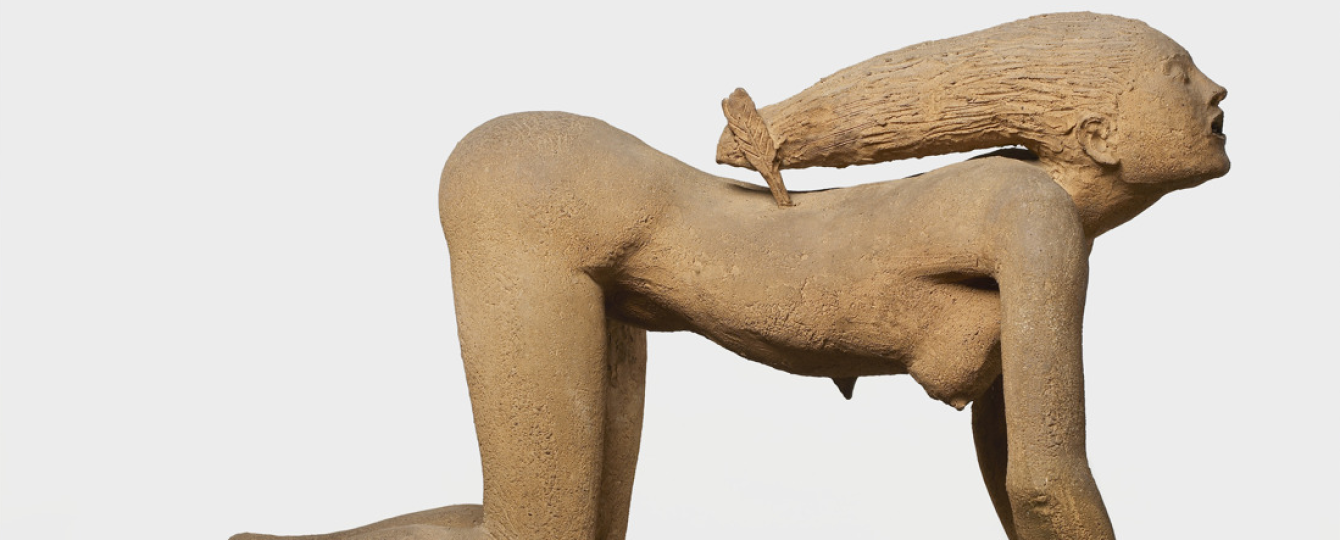10.01.2023
Protection through the Masterpieces Decree
Flanders possesses movable cultural heritage of exceptional importance, with special archaeological, historical, cultural-historical, artistic or scientific significance. They are so valuable that they should be well preserved for generations to come.
This is why the Flemish Government has drafted a Masterpieces Decree in 2003, which also included a List of Masterpieces of 'rare and indispensable' objects and collections. Those protected objects are subject to special protective measures and export restrictions. All of these Masterpieces are eligible for conservation and restoration grants. They must also be kept in Flanders.
Today, the Masterpieces concern a total of 908 works of art in Flanders, all of which can be accessed via the Masterpiece database.
"The original List of Masterpieces in the Visual Arts already featured seven works of art from the Middelheim Museum's collection. However, it appears that post-war and avant-garde sculptural art was still inadequately represented. On the advice of the Council of Masterpieces, I am therefore adding no fewer than 18 sculptures to the list." - Jan Jambon, Minister for Culture
"Middelheim Museum is literally the odd one out in the landscape of contemporary art museums, in that it is both a public park for local residents and a nationally recognised museum. As such, visitors sometimes forget that the green park environment is part and parcel of a collection of international significance. As of today, no fewer than 25 works of art from the Middelheim Museum's collection are on Flanders' List of Masterpieces. These are works of art that have been attributed a "highly important significance" both at home and abroad. Eighteen of them are displayed outside in the art park, four in the collection pavilion. This is great recognition by Flanders of the unique position Middelheim Museum occupies." - Nabilla Ait Daoud, Alderman for culture city of Antwerp
Recognition of 18 new Masterpieces
Seven works of art from the Middelheim Museum's collection were previously included in the Flemish List of Masterpieces:
- La Méditerranée (The Mediterranean) by Aristide Maillol (1902-1905) - art park
- Heraclès (Hercules the Archer) by Emile-Antoine Bourdelle (1909) - art park
- La Vierge folle (The Foolish Virgin) by Rik Wouters (1912) - art park
- Grand Cheval (The Large Horse) by Raymond Duchamp-Villon (1914) - art park
- Le prophète (The Prophet) by Pablo Gargallo (1933) - art park
- King and Queen by Henry Moore (1952-1953) - art park
- Le Chien (Dog) by Alexander Calder (1958) - art park
To these have now been added 18 sculptures: nine from the period 1914-1945, and nine from 1945-1968.
From the period 1914-1945
- Statue on a Triangular Base by Alexander Archipenko (1914) - collection pavilion
- Der Dreiklang (Triad) by Rudolf Belling (1919) - art park
- Ensemble of five sculptures by Arturo Martini from the early 1930s: La nena (The Girl)(1930), Donna al sole (Sunbathing Woman) (1930) and Gare invernali (Winter Games) (1931-1932) in depot and La lupa (The Wolfess) (1930-1931) and Chiaro di luna (Moonlight) (1931-1932) - collection pavilion
- Océanide (Sea Nymph) by Henri Laurens (1933) - art park
- La rivière (The River) by Aristide Maillol (1939-1943) - art park
From the period 1945-1968
- La Mante (The Praying Mantis) by Germaine Richier (1946) - art park
- Trois coupes superposées (Schalenbaum) by Hans Arp (1947-1954) - art park
- Miracolo (Miracle) by Marino Marini (1951-1952) - art park
- Il Cardinale (The Cardinal) by Giacomo Manzù (1952) - art park
- Unendlichen Schleife (Endless Ribbon) by Max Bill (1953-1956) - art park
- Femme de Venise II (Woman of Venice II) by Alberto Giacometti (1956-1957) - collection pavilion
- Encounter VIII by Lynn Chadwick (1957) - art park
- Cantate Domino (O Sing unto the Lord) by Barbara Hepworth (1958) - art park
- Double Progression vert et blanc (Double progression Green and White) by Jesús Rafael Soto (1969)
"A true discovery" for the Council of Masterpieces were the five life-size terracotta sculptures by Arturo Martini from the 1930s, largely unknown in Flanders. Abroad, the value of this protected collection has been known for much longer; in Italy it is even something of a hype. As a result, the Middelheim Museum has already received several foreign loan requests for these works. However, because they are so fragile, it has been decided that they remain in Flanders. They can only be seen at the Middelheim Museum.
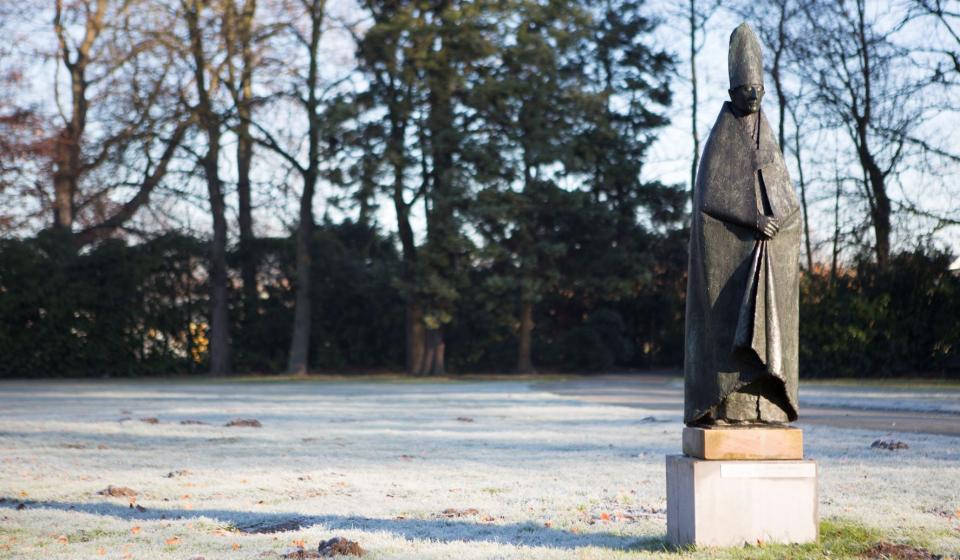
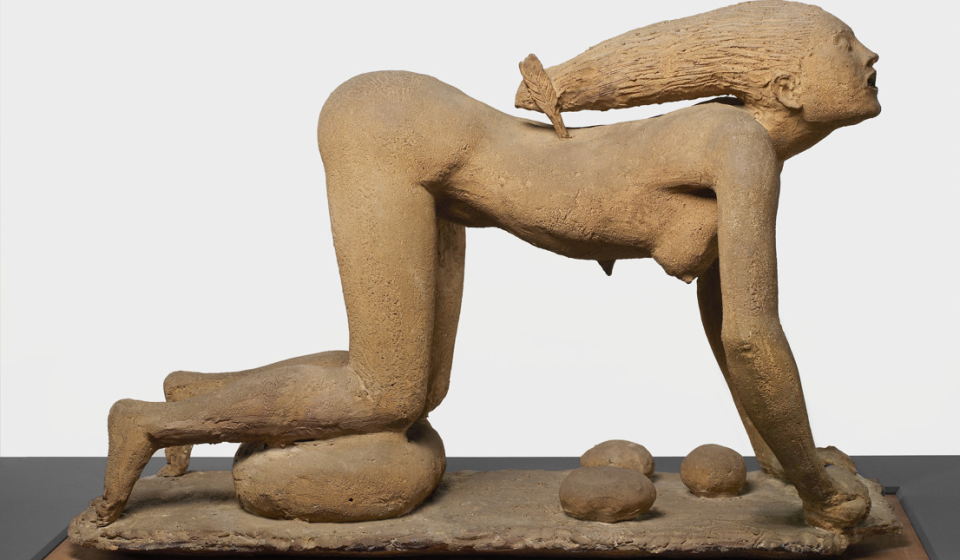
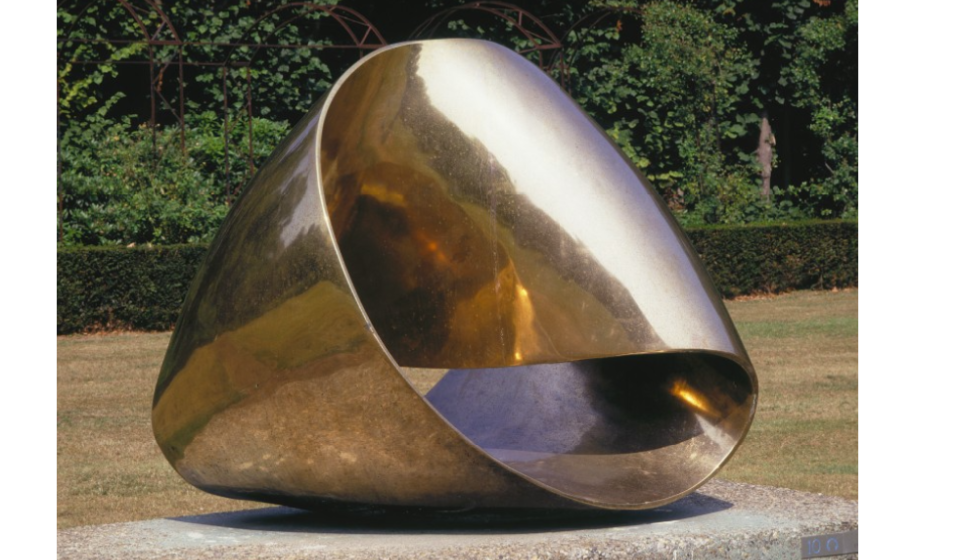
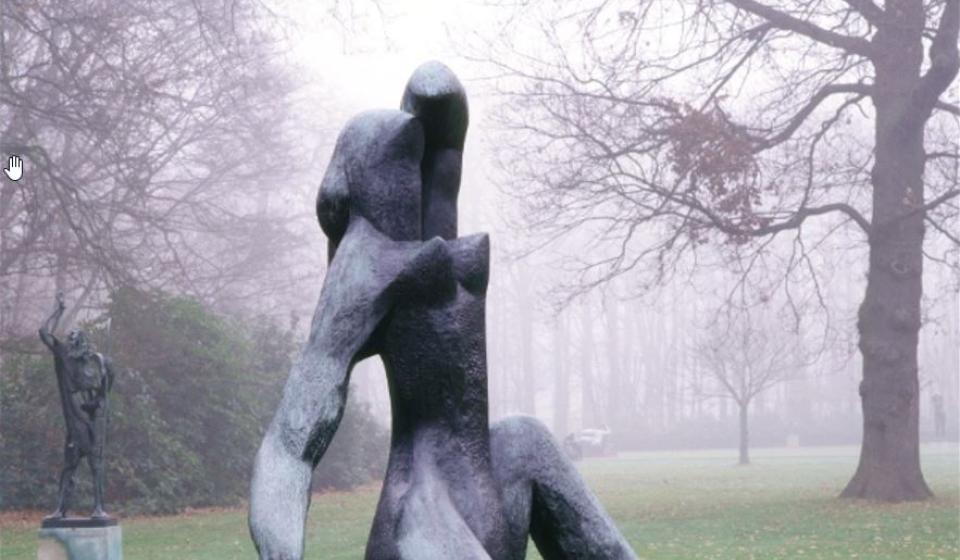
Research and changing perceptions
"Remarkably, seven new Masterpieces belong to the Middelheim Museum's lesser-known depot collection. The 'rediscovery' of these artworks is due to the museum's collection appreciation project conducted in 2019, in preparation for the opening of the new collection pavilion." - Veerle Meul, Head Of Collections Middelheim Museum
In this connection, a diverse 'collection parliament' selected the 50 most valuable sculptures from the depot collection, based on extensive criteria. Since not only the collection's art historical value was decisive, but also its societal and experiential value, the selection contained diverse perspectives and meanings. Part of the selection is on display today in the collection pavilion, including the small bronze artwork by Archipenko, the slender Giacometti sculpture and two works by Arturo Martini, now recognised as Masterpieces.
Moreover, the Council of Masterpieces regularly reappraises works of art in Flemish public collections, primarily based on their art historical importance. In 2021, the Council of Masterpieces questioned the Middelheim Museum about possible additions for works of art from the period 1914-1945. During investigation, the Council of Masterpieces noted that avant-garde sculpture outside the Sélection circle, dominant in the 1920s, proved vastly underrepresented in the List of Masterpieces. Moreover, the post-war period up to 1968 was also revisited.
The Council of Masterpieces uses strict criteria to examine whether newly proposed works of art occupy an 'extraordinary' place in the oeuvre of the 'artist who excelled in his day'. Determining factors are 'rarity' and 'indispensability'. Rare means that there are extremely few other equal or similar objects or collections in the same condition in Flanders. Indispensable means that the object or collection possesses at least one of the following four properties: a special value for collective memory, a linking function, benchmark value or special artistic value.
Sharing the 2019 collection valuation, unlocking part of the museum's archives and making available the library's rich publications (ranging from rare old exhibition catalogues right through to very recent research in retrospective works) played a crucial role within the Council's valuation research.


